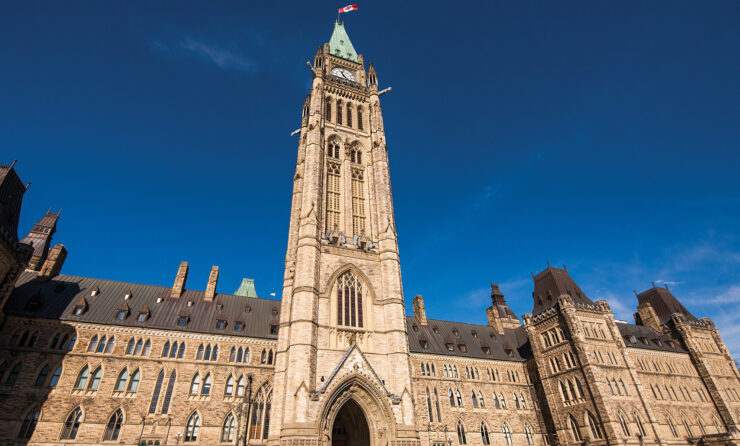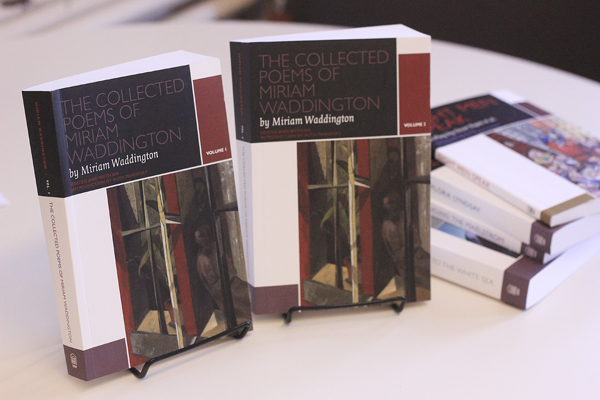In our Winter Solstice
We celebrated the sun
And each other
Through the long day
We feasted
We visited
(Baby, it’s cold outside)
Until
Until we were
Banished
Banished into the spaces
Of neither here
And neither there
We were in between
Their Church
And our Land
In the 1870s
Indigenous children
Celebrated escape
Escaped into the cold
Before The Longest Day
And visits from priests
(Better watch out, better not cry)
In the 1870s,
Settler children
Celebrated Santa Claus
Celebrated the night
Before Christmas
A visit from St. Nicholas
(You’ll go down in history)
Author background
I am a Cree woman from Long Lake #58 First Nation. I am mother to five, and grandmother to two. I am a wife, an auntie, a niece, and a cousin. I am daughter to a parent who has experienced the horrors of Indian Residential Schools. My father subsisted through his childhood in residential school; my mother is daughter to survivors of residential schools. They both live what they know.
Background
The poem “I’ll (Not) Be Home For Christmas” is a direct juxtaposition of Indigenous and settler children’s lives. In the 1870s Indigenous children began to be apprehended from their families and were forced into violently oppressive assimilation. In contrast, in the 1870s settler children indulged in the delights of Christmas, and the creation of Santa Claus without being forced to leave their homes or families. I have intentionally placed impacting snippets of Christmas carol lyrics throughout the poem to create cognitive dissonance.
Residential schools continue to impact every life it has touched. To combat the devastating travesty that is residential schools, the Truth and Reconciliation Commission of Canada (TRC) was formed to renegotiate Canadian “public memory” of these events. This is a sharp reminder that as we move forward together, interconnection becomes critical.
The creation of the TRC is an attempt, in my opinion, to navigate the constructs of a shared Indigenous memory, but within a Westernized framework, and renegotiate that memory. Renegotiating collective memory resonates in the Report of the Royal Commission on Aboriginal Peoples, which “urged Canadians to begin a national process of reconciliation that would have set the country on a bold new path, fundamentally changing the very foundations of Canada’s relationship with Aboriginal peoples.”
When we study the 94 Calls to Action (TRC Recommendations), we see that the Council of Ministers of Education of Canada have been “flagged” to reconstruct Canada’s nationhood, and to maintain an annual commitment to Indigenous education issues.
Forging a fresh, shared history via the Calls to Action by bringing forth and enacting reparations, offers opportunity to weave fresh tapestry into Canada’s grand narrative.









